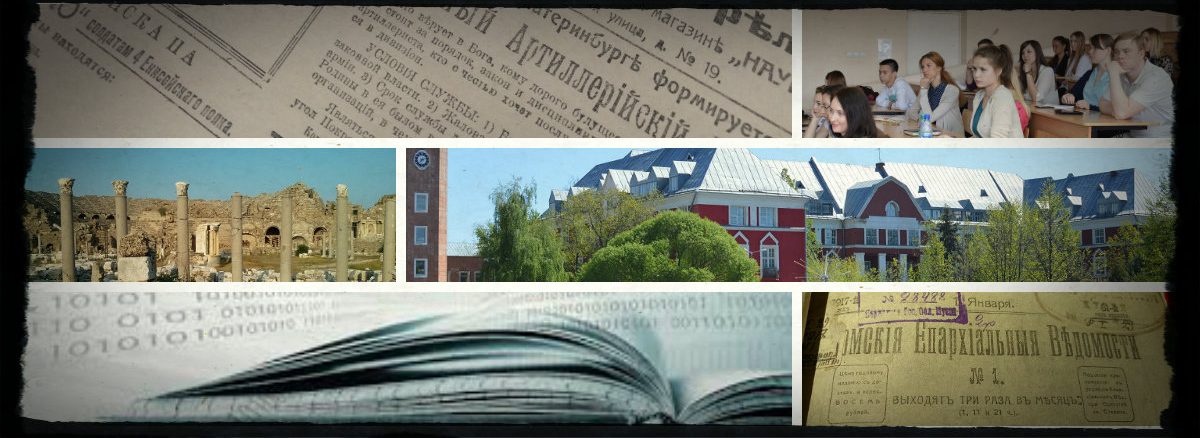Город: Вашингтон
National Gallery of Art
The National Gallery of Art was conceived and given to the people of the United States by Andrew W. Mellon (1855–1937). Mellon was a financier and art collector who served as U.S. secretary of the treasury from 1921 to 1932. During his years in Washington, DC, Mellon came to believe that the United States should have a world-class national art museum comparable to those of other nations.
In pursuit of this vision, Mellon purchased 21 paintings from the Hermitage Museum in 1930 and 1931 that later became nucleus of the collection of the National Gallery of Art. In 1936 Mellon wrote to President Franklin D. Roosevelt to offer his magnificent paintings and sculpture for a new museum and proposing to construct a building for its use with his own funds. Roosevelt endorsed Mellon’s offer, and Congress accepted his gift in 1937.
Construction of the original West Building began in 1937, only weeks before Mellon’s death. The museum was dedicated on March 17, 1941.
The National Museum of Natural History Smithsonian
Introduction to the National Museum of Natural History
The National Museum of Natural History (NMNH) is part of the Smithsonian Institution, the world’s preeminent museum and research complex. The Museum is dedicated to inspiring curiosity, discovery, and learning about the natural world through its unparalleled research, collections, exhibitions, and education outreach programs. Opened in 1910, the green-domed museum on the National Mall was among the first Smithsonian building constructed exclusively to house the national collections and research facilities.

- Cretaceous Diorama, Dinosaur Hall, National Museum of Natural History
Whether looking at the history and cultures of Africa, describing our earliest Mammalian ancestor or primate diversity around the world, examining ancient life forms including the ever popular dinosaurs, or exploring the beauty of rare gemstones such as uniquely colored diamonds, the Museum’s temporary and permanent exhibitions serve to educate, enlighten and entertain millions of visitors each year. The main building on the National Mall contains 1.5 million square feet of space overall and 325,000 square feet of exhibition and public space; altogether the Museum is the size of 18 football fields, and houses over 1000 employees. With a growing network of interactive websites, the Museum is transforming itself into a hub for national and international electronic education, accessible to anyone with access to the internet.

- Sea fans
At the center of the Museum’s exhibition and research programs are its expertly documented collections: more than 126 million natural science specimens and cultural artifacts. Just to name a few of our museum holdings, the collections include 30 million insects carefully pinned into tiny boxes; 4½ million plants pressed onto sheets of paper in the Museum’s herbarium; 7 million fish in liquid-filled jars; and 2 million cultural artifacts, including 400,000 photographs housed in the National Anthropological Archives. Over 3½ million specimens are out on loan each year; over 15,000 visitor days are spent in the collections; and there are almost 600,000 additional visits to collection data bases available on the Web.
The Museum includes a state-of-the-art collections storage facility in Suitland, Maryland; a marine science research facility in Ft. Pierce, Florida; and field stations as far away as Belize, Alaska, and Kenya. Research activities are organized into seven departments, and a number of affiliated U.S. government agencies on-site contribute to the Museum’s strength, including the Department of the Interior (U.S. Geological Survey Biological Resources Division), the Department of Agriculture (Systematic Entomology Laboratory), the Department of Commerce (National Marine Fisheries Service Systematics Laboratory), and the Department of Defense (Walter Reed Biosystematics Unit).

- Biological Dynamics Forest Fragment Project
Through its research, collections, education and exhibition programs, NMNH serves as one of the world’s great repositories of scientific and cultural heritage as well as a source of tremendous pride for all Americans.
The Parallel History Project on Cooperative Security
| The Parallel History Project on Cooperative Security (PHP, the former Parallel History Project on NATO and the Warsaw Pact), provides new scholarly perspectives on contemporary international history by collecting, publishing, and interpreting formerly secret governmental documents. | ||
In response to the declassification of NATO records and the growing availability of documents from archives in Eastern and Central Europe, PHP as a cooperative undertaking of more than twenty partner institutes brings together leading Cold War historians, archivists, and government officials. The findings are presented to the specialist academic community at conferences and published both in print and on the PHP website.Since its establishment in 1999, the project has collected thousands of pages of material on security-related issues of the Cold War, published a large number of online documentaries and publications on central issues such as mutual threat perceptions and alliance management, and organized several major international conferences on war planning, intelligence, and intra-bloc tensions.The thrust of PHP research interest is in the recent historical origins and development of current security issues and institutions on the basis of newly available documentary evidence.The main issues of research interest in the coming years are:
The PHP website has become a leading online clearing-house for scholars, policymakers, students, and the wider public. The worldwide use of the PHP website is steadily increasing. More than 2,000 subscribers receive the monthly "PHP News" as an electronic mailing. Join the PHP as a partner or an associate! For further information please contact Project Coordinator Vojtech Mastny. |
||
